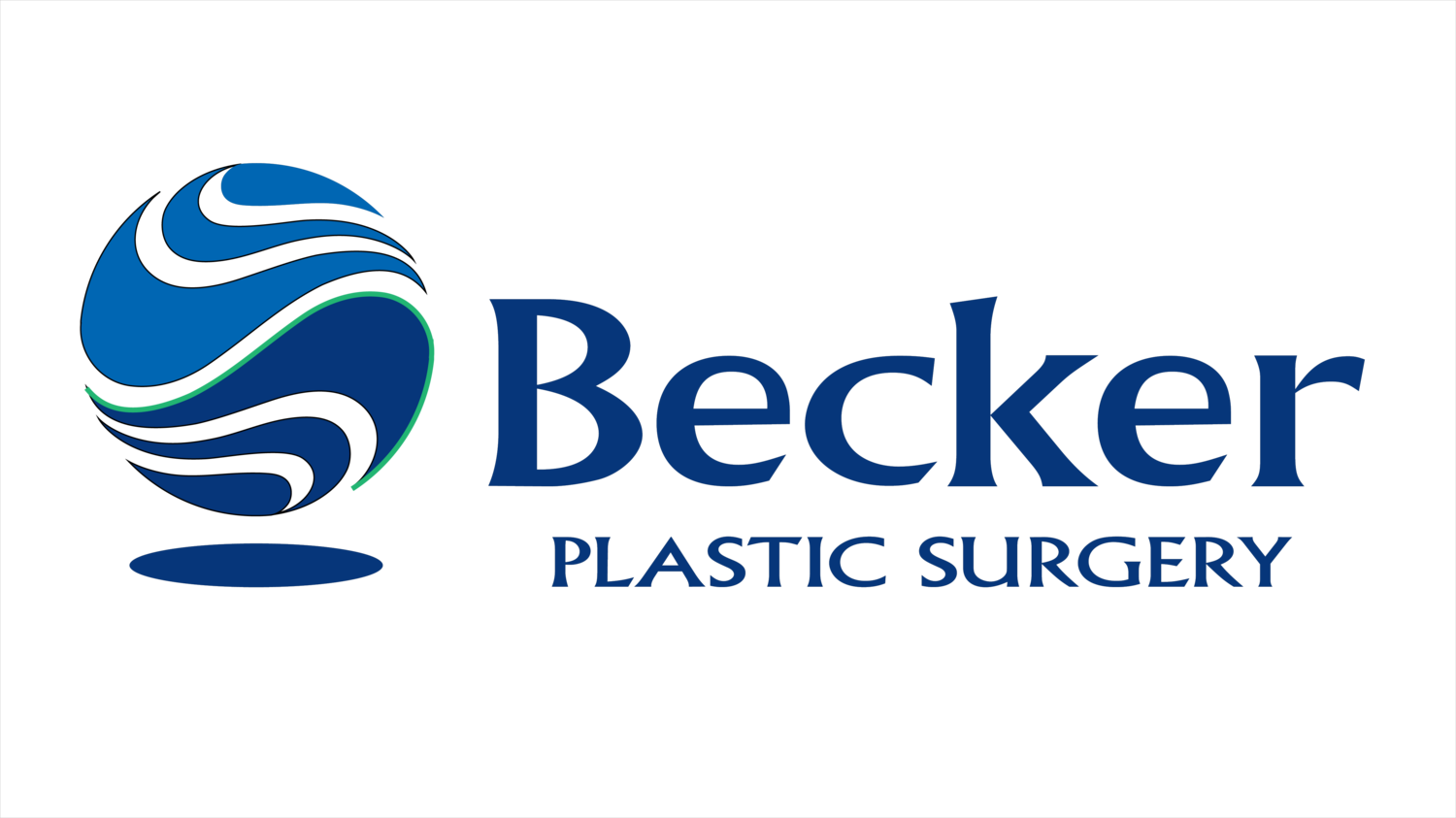Dermabrasion Information
Qualifications
In general, good candidates for dermabrasion are:
Healthy and do not have medical conditions that impair healing
Nonsmokers
Individuals with a positive outlook and realistic expectations
Preparation
In preparing for dermabrasion, you may be asked to:
Get lab testing or a medical evaluation
Take certain medications or adjust your current medications
Stop smoking 2 weeks prior to your procedure
Avoid taking aspirin, anti-inflammatory drugs, and herbal supplements because they can increase bleeding and bruising
Arrange for a friend or family member to drive you to and from surgery and to stay with you the first night following surgery
Prepare your skin using specific guidelines on eating and drinking
Recovery
Directly after the procedure, your skin will be fairly red and swollen. Tingling, burning, or aching may occur. A scab will form initially, but will shed to reveal pink skin that will last for several months. Men should avoid shaving during the healing process and use an electric razor the first time once they heal. You may expect partial correction that may be repeated for additional improvement. If you notice the treated area beginning to worsen (reddening or iching) after a week or two of healing, notify your doctor.
Although infrequent, the risks and complications of dermabrasion include:
Scarring
Infection
Less-than-expected improvement
Permanent discoloration in patients with darker skin
Disappearance of freckles in the treated area
Flare up after treatment in individuals who are prone to rashes, blisters, or sores
